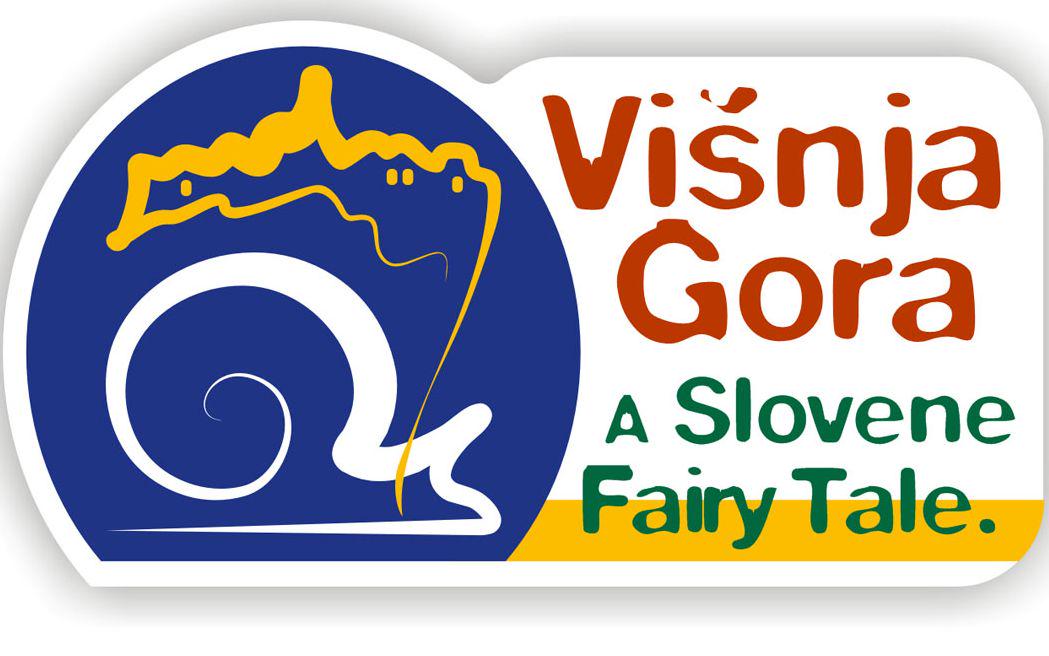
The coats-of-arms of Slovenian villages frequently portray historic events. But the scene on the coat-of-arms representing the town of Višnja Gora is particularly unusual: It portrays a snail chained to the ground.
The image has its origins in a local legend that takes place in the fifth century in the wake of a battle against the Huns. That's when locals from Višnja Gora, who had been called in to defeat the Huns, saved a Venetian prince who had been wounded in battle and nursed him back to health. In return, the wife of the Venetian Doge gave the people of Višnja Gora a unique gift: A snail shell coated with gold and decorated with jewels.
The people of Višnja Gora adored their unique shell; they frequently used it as a vessel for their local wine. One day, however, it mysteriously disappeared. Unfazed, the locals decided to replace it with another snail – a living animal according to some versions of the story -, but just in case, they decided to chain it to the ground in order to prevent it from disappearing. To no avail: The second snail vanished in much the same manner as the first.
The chained snail doesn't just feature on the local coat-of-arms; it has also given its name to a plateau near Višnja Gora: Polževo, derived from the Slovenian word "polž", meaning snail. A local kindergarten and a clothing store are known as "Polžek" - "Little Snail" -, several snail statues grace the town’s streets, and at some inns in the area, escargots are on the menu, all in memory of the famous disappearing snail that was given to Višnja Gora many centuries ago.

































































